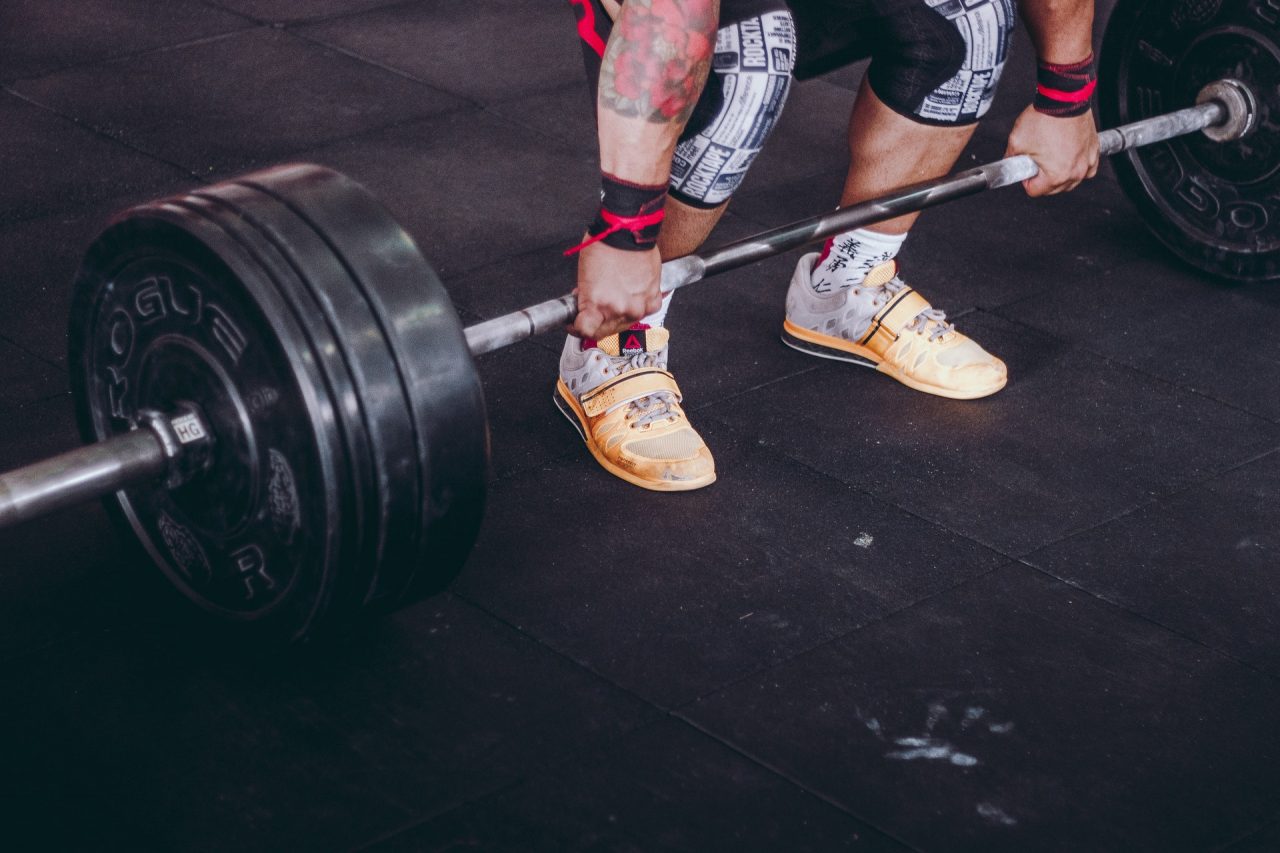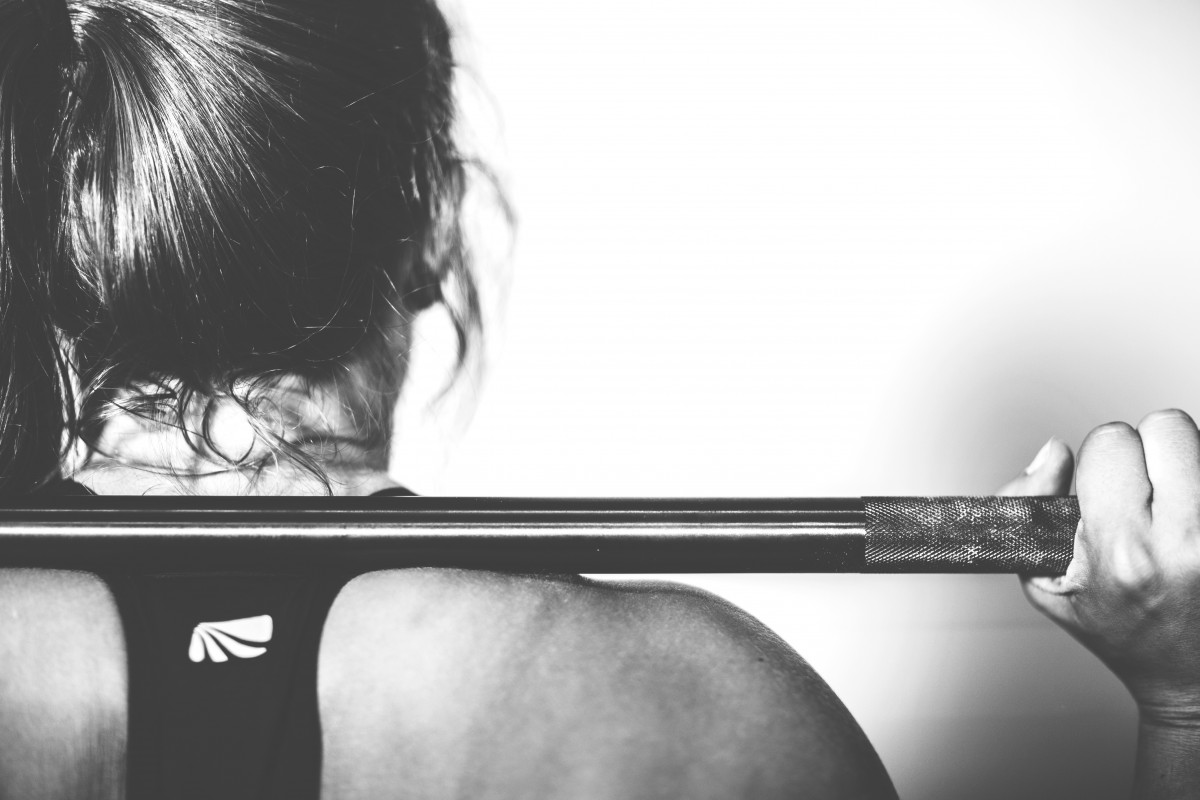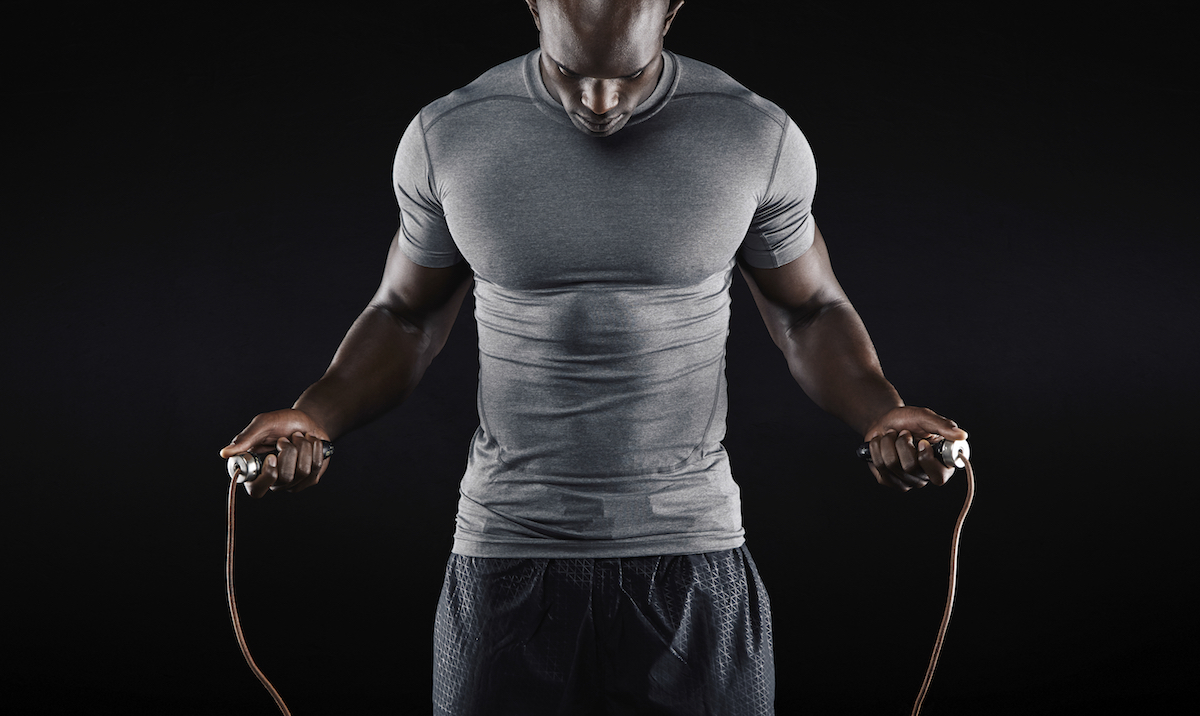Athletes need to be able to be explosive for many sport skills and in many sport situations. This ability to apply force quickly is called power. There are a lot of exercises that develop power like the Olympic lifts, plyometrics, and throws with the medicine ball.
Today, with internet videos, a lot of people have forgotten something important about many “power” exercises – they require a strength base. The early literature on plyometrics cautioned that athletes should be able to squat 1.5-2 times bodyweight before attempting the exercises. Not only was this important for injury prevention (i.e. being strong enough to land safely) but research has lately found that stronger athletes experience plyometrics more effectively (i.e get more out of them) than weaker athletes.
Think of power as expressing strength quickly. Athletes need to have a strength base for power training. Not only does it make them more powerful, but it also makes the “power” exercises more effective.
For developing strength, stick to the basics:
1. Squats: back squats, front squats, overhead squats, split squats
2. Hip hinges: deadlifts, Romanian deadlifts, good mornings, reverse hypers, back raises
3. Presses: bench press, incline press, dips, military press
4. Rows/pulls: weighted pull-ups, bent-over rows, one-arm rows, seated rows, dumbbell/kettlebell rows
5. Olympic lifts: I know these are “power” exercises but if you increase the weight you become stronger
I think it’s important to dedicate a day each week, all year, to a strength session. Strength is a physical ability but it is also a skill and skills have to be practiced. This does not have to be at 100%, training at 80-90% is fine (and this can be cycled).
For example:
1. Snatch pull + power snatch + overhead squat; 3×3+2+3×70%
2. Front squats: 3x6x80%
3. Good mornings: 3×6
4. Dips: 3×6 (add weight)
5. Bent-over rows: 3×6
6. Standing Military Press: 3×6




